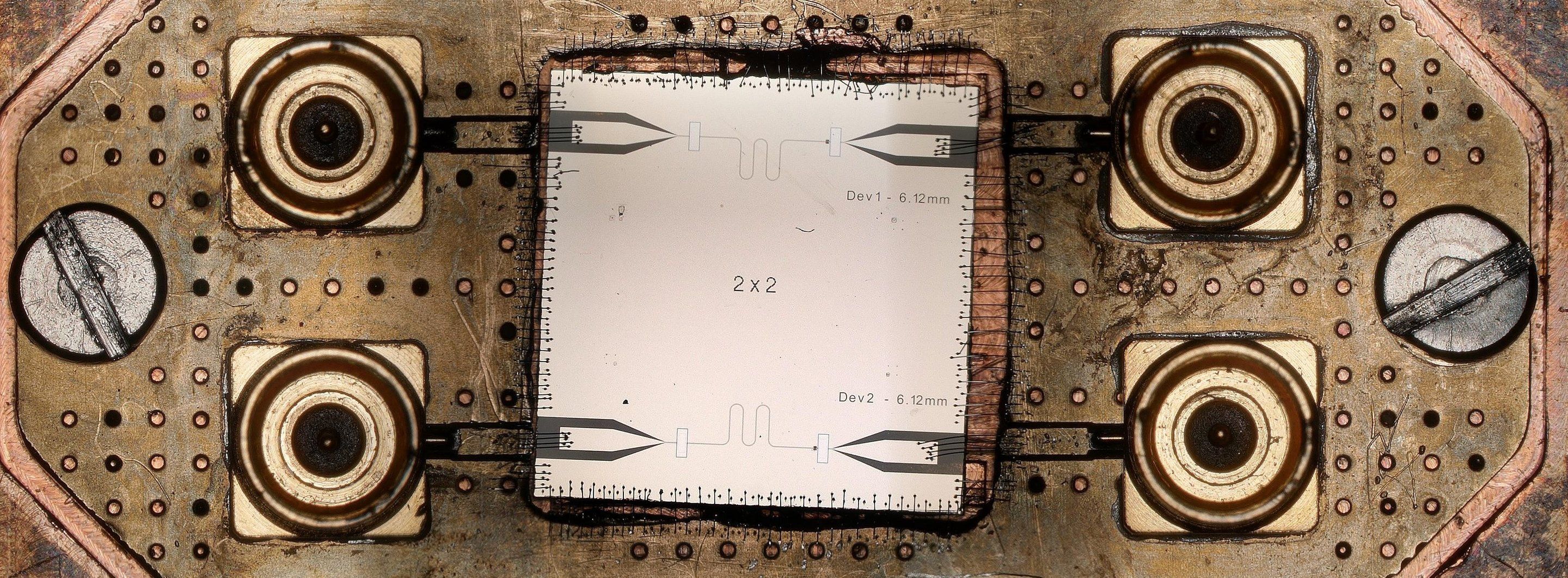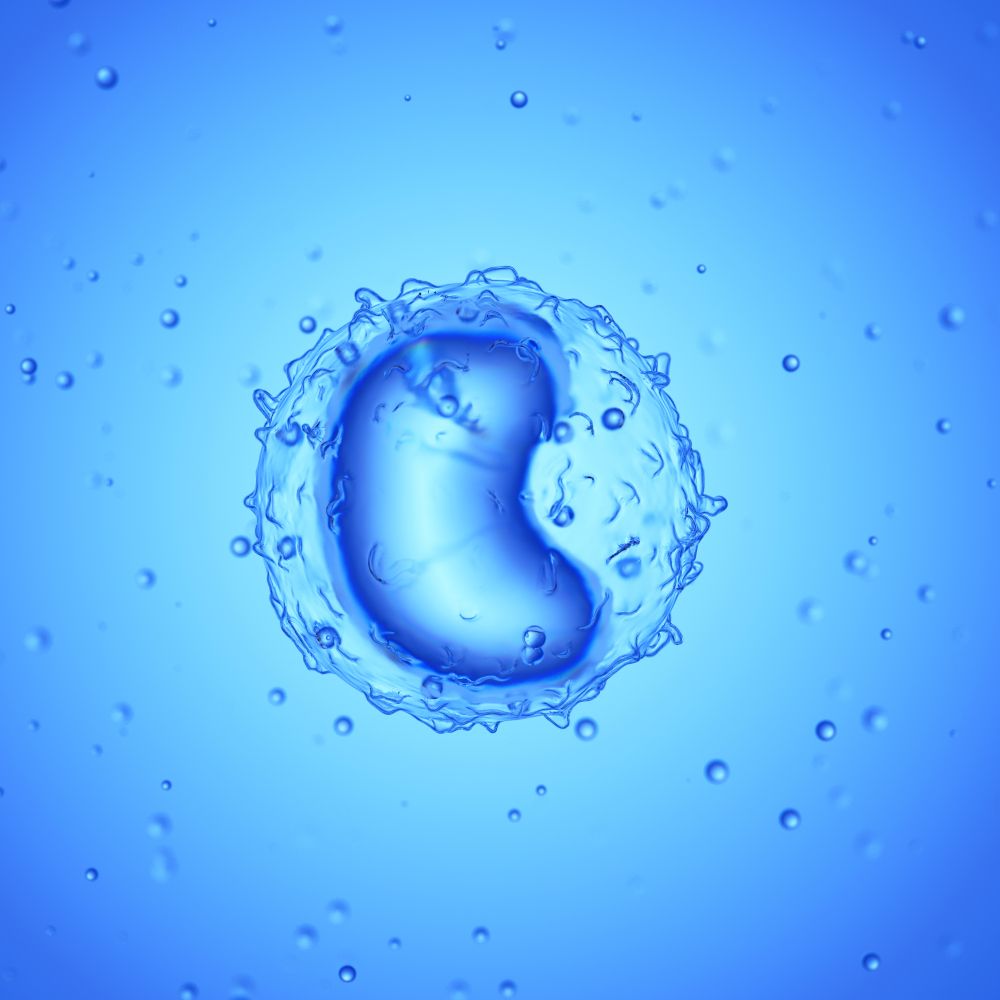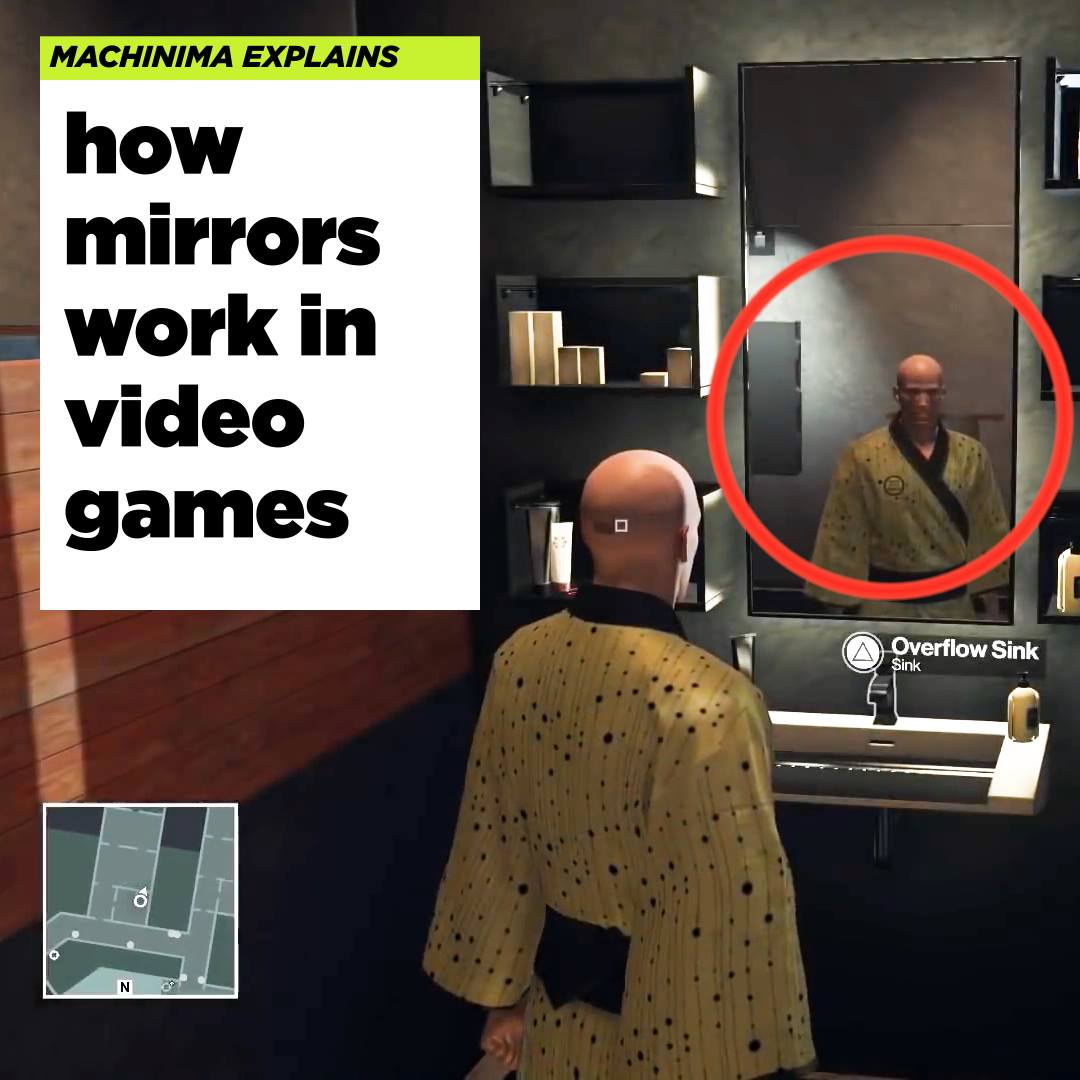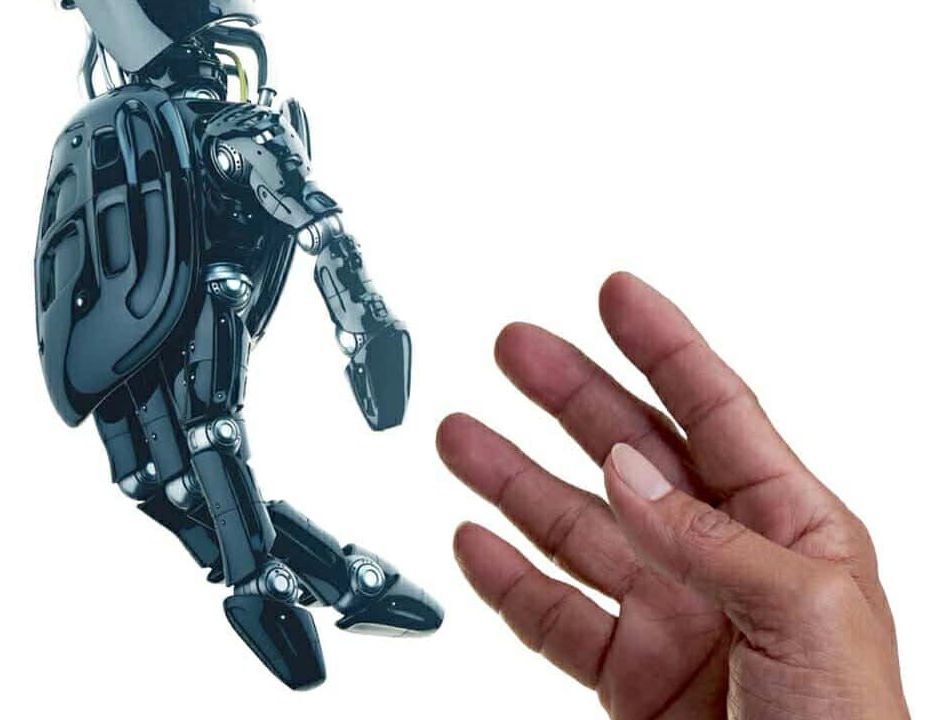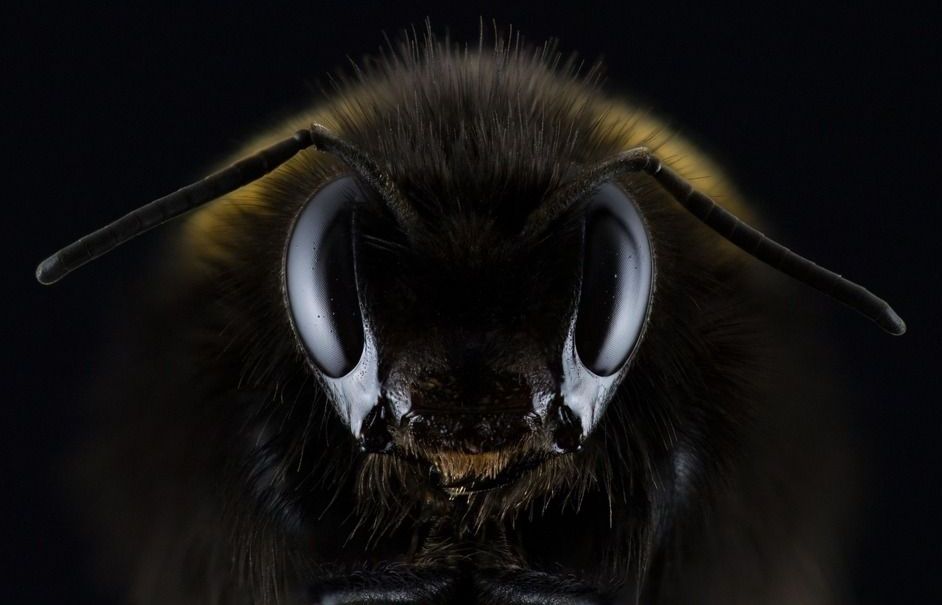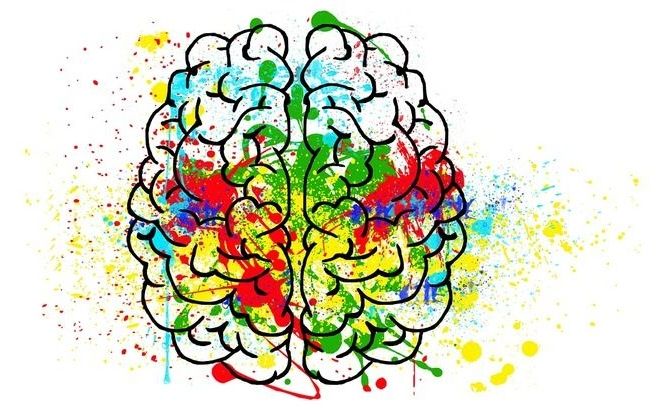Oct 9, 2018
Ballistic graphene Josephson junctions enter microwave circuits
Posted by Genevieve Klien in categories: computing, nanotechnology, quantum physics
Superconducting quantum microwave circuits can function as qubits, the building blocks of a future quantum computer. A critical component of these circuits, the Josephson junction, is typically made using aluminium oxide. Researchers in the Quantum Nanoscience department at the Delft University of Technology have now successfully incorporated a graphene Josephson junction into a superconducting microwave circuit. Their work provides new insight into the interaction of superconductivity and graphene and its possibilities as a material for quantum technologies.
The essential building block of a quantum computer is the quantum bit, or qubit. Unlike regular bits, which can either be one or zero, qubits can be one, zero or a superposition of both these states. This last possibility, that bits can be in a superposition of two states at the same time, allows quantum computers to work in ways not possible with classical computers. The implications are profound: Quantum computers will be able to solve problems that will take a regular computer longer than the age of the universe to solve.
There are many ways to create qubits. One of the tried and tested methods is by using superconducting microwave circuits. These circuits can be engineered in such a way that they behave as harmonic oscillators “If we put a charge on one side, it will go through the inductor and oscillate back and forth,” said Professor Gary Steele. “We make our qubits out of the different states of this charge bouncing back and forth.”
Continue reading “Ballistic graphene Josephson junctions enter microwave circuits” »
